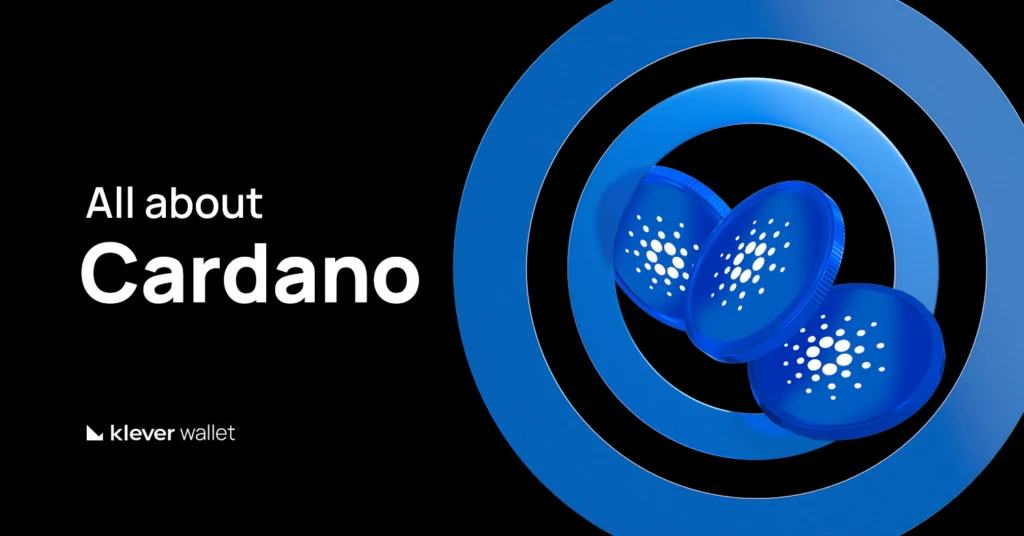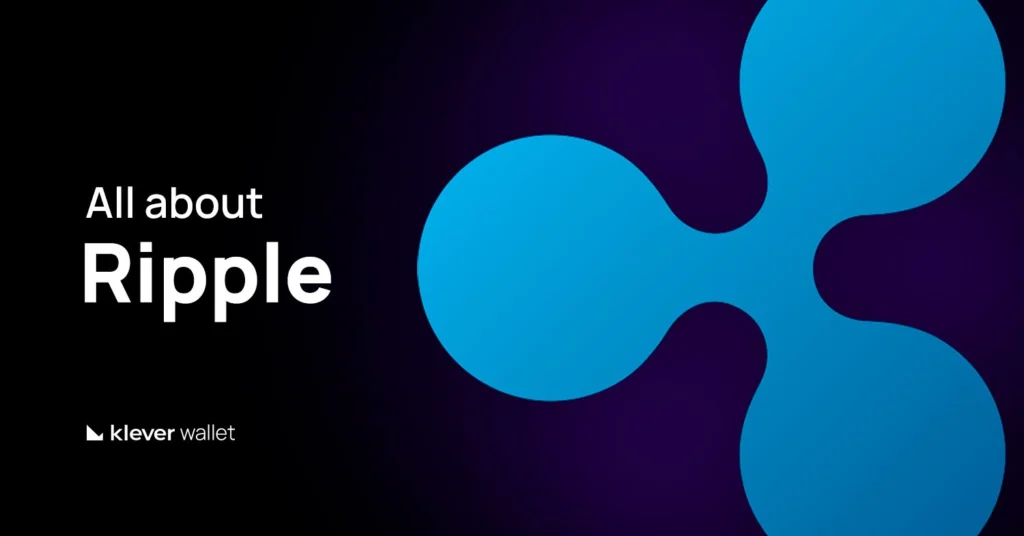
In a landscape where new blockchains emerge every month, Cardano (ADA) has carved out a solid position by betting on something many overlooked: scientific rigor and long-term vision.
Created by Charles Hoskinson, co-founder of Ethereum, the project was built on peer-reviewed academic research, combining security, scalability, and sustainability — three pillars that rarely coexist within a single network.
But what truly makes Cardano one of the most respected blockchains today?
In this article, we’ll explore how its technology works, what sets it apart, the challenges it faces, and the role it plays in the future of Web3 — presented clearly, thoroughly, and with the latest updates.
What Is Cardano?
Cardano is a public proof-of-stake (PoS) blockchain developed by Charles Hoskinson, co-founder of Ethereum.
Launched in 2017, the network was built on peer-reviewed scientific research and aims to combine security, scalability, and sustainability — three pillars that often conflict in other blockchains.
The name “Cardano” honors the Italian mathematician Gerolamo Cardano, while its native token, ADA, pays tribute to Ada Lovelace, a pioneer in computing.
How Cardano’s Technology Works
- Ouroboros Protocol
Cardano uses Ouroboros, a PoS protocol that replaces mining with block validation based on staking.
This approach drastically reduces energy consumption while keeping the network decentralized and secure.
- EUTxO Model
Unlike Ethereum’s account-based model, Cardano uses the Extended Unspent Transaction Output (EUTxO) model — which makes transactions more predictable and simplifies the creation of smart contracts with lower risk of error.
- Layered Architecture
The blockchain is divided into two main layers:
- Settlement Layer (CSL): Handles ADA transactions. This is where the staking process occurs, ensuring the Ouroboros protocol validates blocks efficiently and in a decentralized manner.
- Computation Layer (CCL): Hosts smart contracts and dApps. It allows developers to build decentralized applications (DeFi, games, marketplaces, digital identities) without overloading the settlement layer.
This separation enables scalability and modular governance, making future upgrades easier to implement.
Cardano ADA Token: Utility and Market Data
Main Functions:
- Medium of exchange and store of value within the ecosystem.
- Governance: ADA holders can vote on network proposals.
- Staking: Delegating ADA to validation pools generates rewards and helps secure the network.
These factors place Cardano among the top 10 blockchains by market capitalization, with a strong presence in both DeFi and on-chain governance.
Cardano Ecosystem: Use Cases and Partnerships
The Cardano (ADA) ecosystem goes far beyond decentralized finance.
With a focus on real-world solutions and social impact, the blockchain has become one of the most versatile and sustainable platforms in the industry.
Below are the main use cases and partnerships that show how Cardano is being applied in the real world — from digital identity to asset tokenization.
1. Digital Identity with Atala PRISM
Atala PRISM is one of Cardano’s most important innovations. It’s a decentralized digital identity platform (SSI – Self-Sovereign Identity) that allows credentials to be issued and verified securely, without intermediaries.
Real-world application:
The Ethiopian government partnered with Input Output Global (IOG) — the company behind Cardano’s development — to record educational data for over 5 million students using Atala PRISM.
Benefits:
- Reduces fraud in diplomas and certificates;
- Creates verifiable academic records;
- Provides digital autonomy to students and institutions.
Expansion:
The system is also being tested in sectors such as healthcare, agriculture, and microfinance across African countries, reinforcing Cardano’s role as a tool for social and financial inclusion.
2. Real-World Asset (RWA) Tokenization
Another strategic focus for Cardano is the tokenization of real-world assets (RWAs).
This technology turns physical assets — such as real estate, diamonds, energy, and microloans — into digital tokens recorded on the blockchain, bringing greater transparency and liquidity.
Recent partnerships:
- Tiamonds: A diamond tokenization project on Cardano that enables the trading of luxury assets with full traceability.
- Tokenance: A collaboration supported by the Cardano Foundation to digitize real estate properties, creating digital twins of physical assets.
Market potential:
Reports from The Block and Blockchain.News estimate that the RWA sector could exceed US$ 25 billion in 2025, with Cardano positioning itself as one of the key players in this space.
3. Education and Financial Inclusion
Cardano’s social mission extends beyond technology — it aims to promote education and financial inclusion in communities traditionally excluded from the banking system.
Educational programs:
The Cardano Foundation funds digital training initiatives in emerging countries, focusing on blockchain literacy and local entrepreneurship.
Direct impact:
In Africa, farmers have been using Cardano-based solutions to register land ownership and access decentralized microcredit, without relying on traditional banks.
Goal:
To democratize access to financial services and create a fairer, more participatory economic ecosystem.
4. DeFi, NFTs, and Infrastructure
Cardano’s ecosystem is also expanding rapidly in traditional blockchain sectors such as DeFi, NFTs, and decentralized infrastructure.
Key ecosystem projects:
- Minswap: Cardano’s largest DEX (decentralized exchange), offering hundreds of trading pairs.
- Indigo Protocol: A platform for creating synthetic assets and decentralized stablecoins.
- Liqwid Finance: A lending protocol that provides ADA-based yield through smart contracts.
DeFi growth on Cardano:
According to DefiLlama (November 2025), Cardano’s Total Value Locked (TVL) surpassed US$ 600 million, signaling the network’s growing maturity.
Why the Cardano Ecosystem Stands Out
Cardano’s greatest strength lies in merging technological innovation with real-world purpose.
While other blockchains prioritize speed or market hype, Cardano invests in scientific research, social impact, and decentralized governance.
This approach makes ADA a token with structural value, not just speculative demand — supported by real use cases and a globally active developer community.
Cardano´s Governance and Development
Governance is one of the core pillars that sets Cardano (ADA) apart from other blockchains.
With the Voltaire Era, Cardano is moving closer to achieving fully on-chain governance.
The Chang hard fork, launched in 2024, introduced a decentralized voting system where ADA holders can directly participate in decisions regarding network upgrades and treasury fund allocation.
The Evolution: Cardano’s Five Eras
- Byron – Foundation: Launch of the mainnet and the blockchain’s basic infrastructure.
- Shelley – Decentralization: Introduction of the Proof of Stake (Ouroboros) protocol and staking pools, making the network community-driven.
- Goguen – Smart Contracts: Implementation of Plutus and support for native tokens and dApps.
- Basho – Scalability: Performance upgrades, interoperability features, and sidechain support.
- Voltaire – Governance: Decentralized voting model and network self-sustainability.
What Makes Cardano’s Governance Unique
- Direct participation: Any user holding ADA can vote or delegate their decision-making power.
- Transparency: All votes and proposals are recorded on-chain and publicly accessible.
- Sustainable development: Cardano’s treasury is funded through transaction fees, ensuring continuous growth without relying on external capital.
- Scientific foundation: The system is built on peer-reviewed research and formal verification, reinforcing trust and security in the governance process.
Challenges and Competition of Cardano
Despite its progress, Cardano still faces several key challenges:
- Limited adoption compared to networks like Solana and Ethereum.
- Lower DeFi liquidity and smaller NFT trading volume.
- Technical complexity of the EUTxO model, which can be challenging for new developers.
- Regulatory pressures in major markets such as the U.S. and the EU.
Even so, Cardano’s scientific approach and focus on governance set it apart from blockchains that prioritize speed alone.
Comparing Blockchains: Cardano vs. Ethereum
| Feature | Cardano | Ethereum |
| Consensus | Proof of Stake (Ouroboros) | Proof of Stake (Casper) |
| Main Language | Haskell / Plutus | Solidity / Vyper |
| Average Fees | < US$0.30 | US$3 – 5 |
| Speed | ~250 TPS | ~30 TPS |
| Energy Sustainability | High | High (post-Merge) |
Cardano in 2025: Why It Matters
In 2025, Cardano (ADA) has moved beyond being known merely as “the academic blockchain” and has solidified its position as one of the most mature and sustainable networks in Web3, with key advancements such as:
- Fully functional smart contracts with growing adoption;
- Decentralized governance through the Chang hard fork;
- According to DeFiLlama, Cardano’s Total Value Locked (TVL) surpassed US$257 million in November 2025;
- Increasing integration with multichain wallets like Klever Wallet, which enables users to securely store, stake, and interact with dApps.
The Impact of Cardano on the Future of Web3
In 2025, Cardano proved that it’s possible to unite science, governance, and real-world impact.
Its philosophy — grounded in peer-reviewed academic research and supported by a sustainable economic model — positions it as a benchmark for trust and decentralization.
While other networks prioritize speed and speculation, Cardano focuses on building solid, auditable, and accessible infrastructure, designed for the future of Web3 — where community, transparency, and security drive technological progress.
Manage Cardano with Klever Wallet
Cardano combines science, sustainability, and decentralization, with ongoing advancements in governance and usability.
Its focus on research and governance makes it a unique project in the market — ideal for those seeking to understand the impact of third-generation blockchains.
Looking ahead to 2025, forecasts suggest that ADA will remain highly relevant, driven by stable staking, expanding DeFi activity, and continuous innovation.
Explore the Cardano ecosystem safely.
Store and stake ADA and other Cardano network tokens through Klever Wallet — your gateway to a secure, decentralized, and multichain ecosystem.




